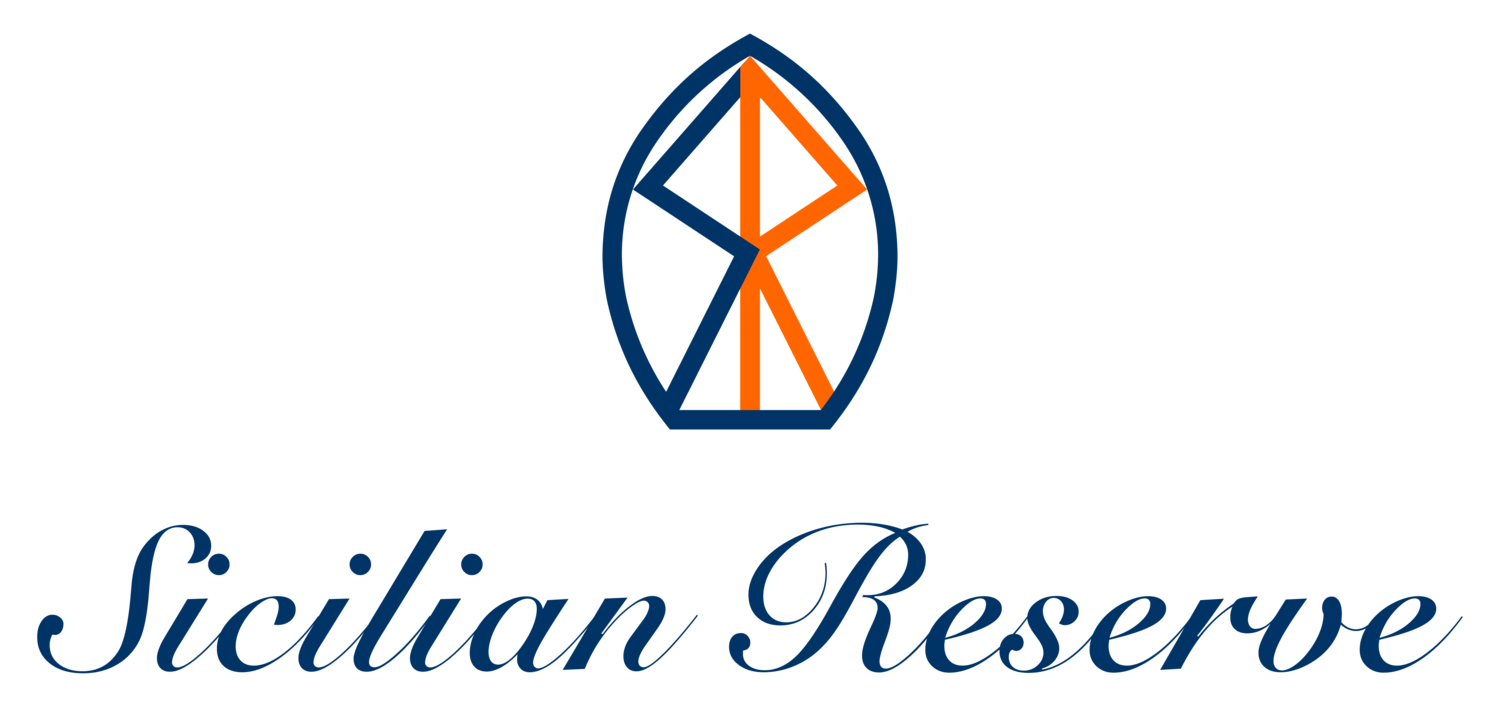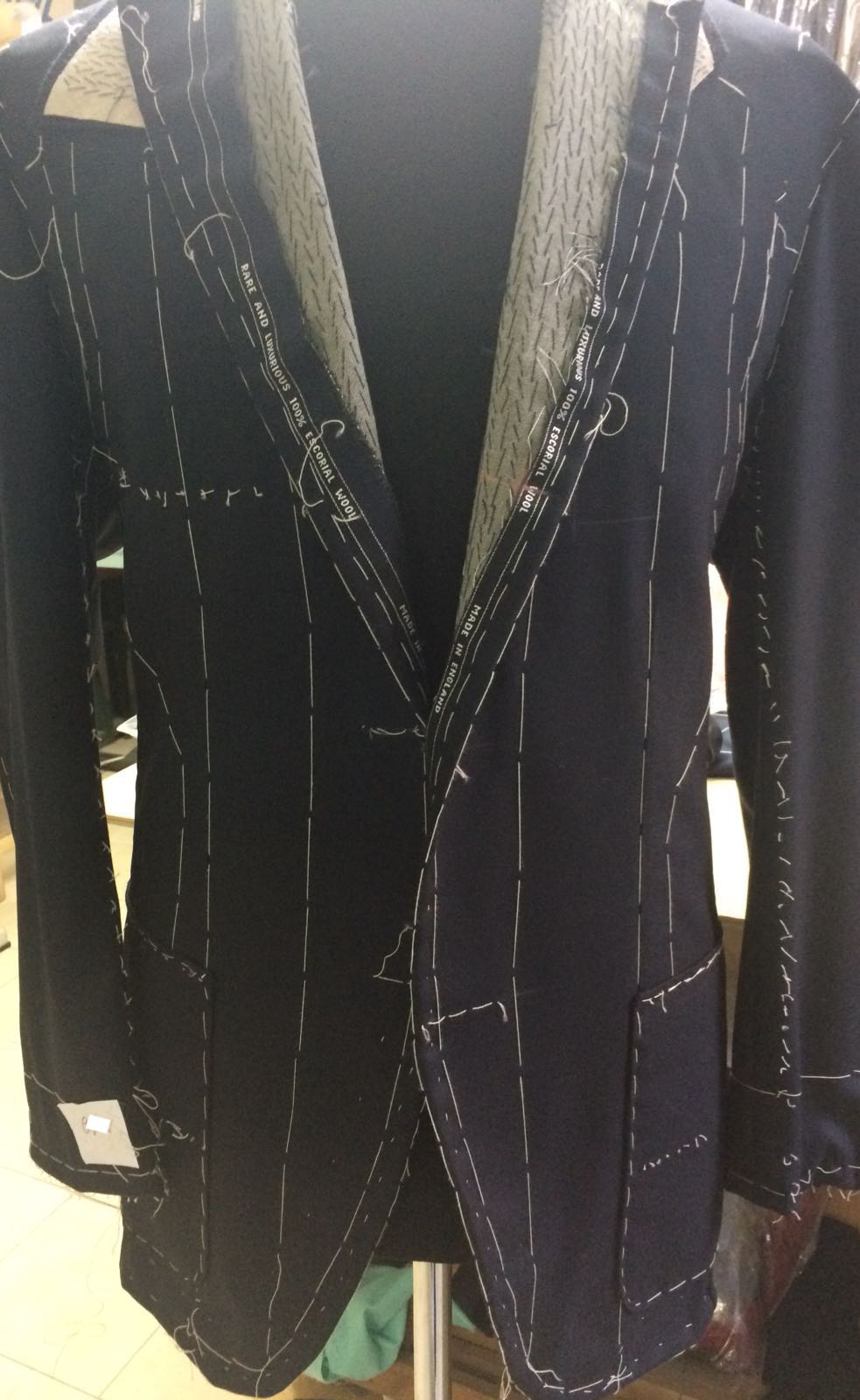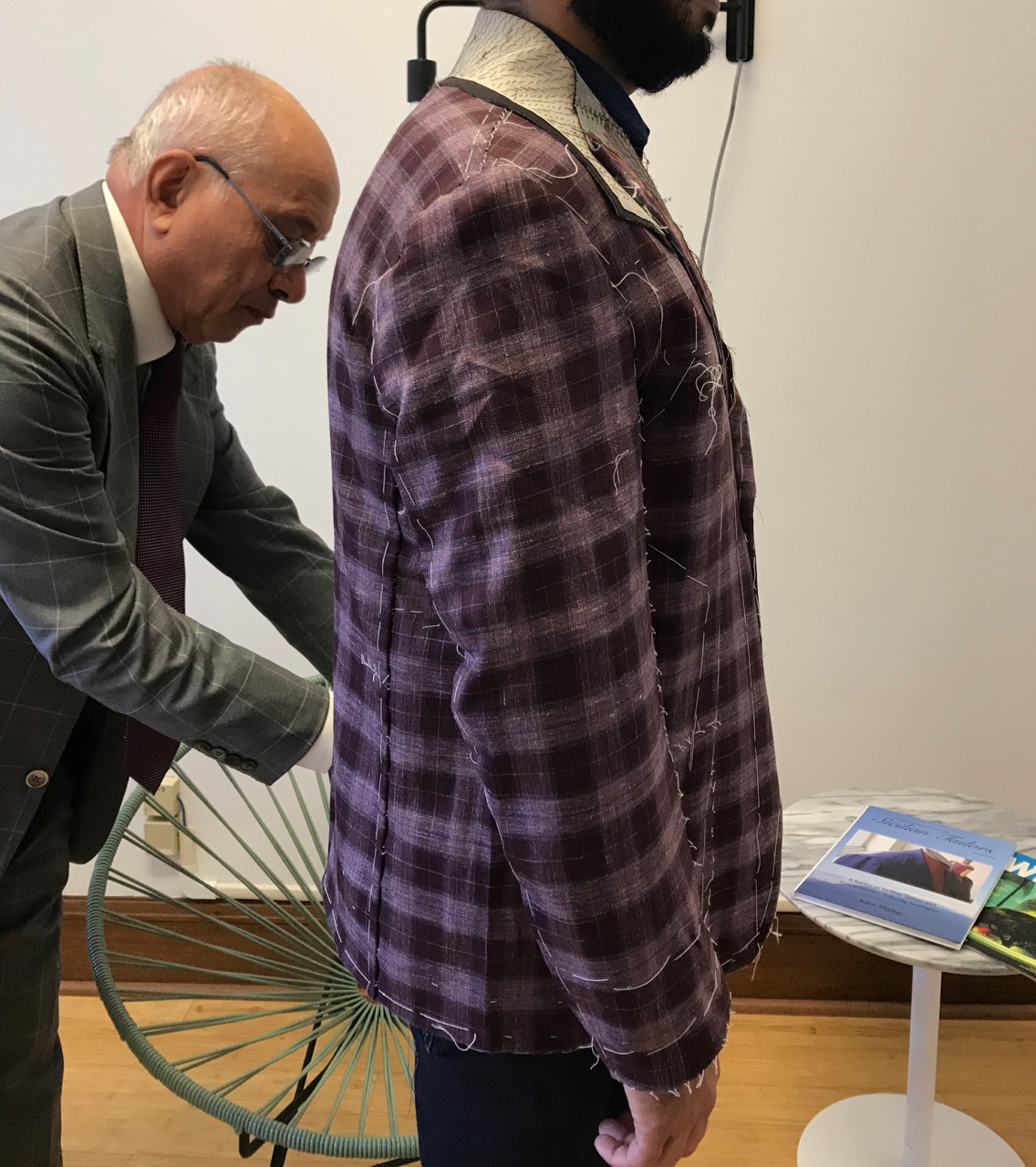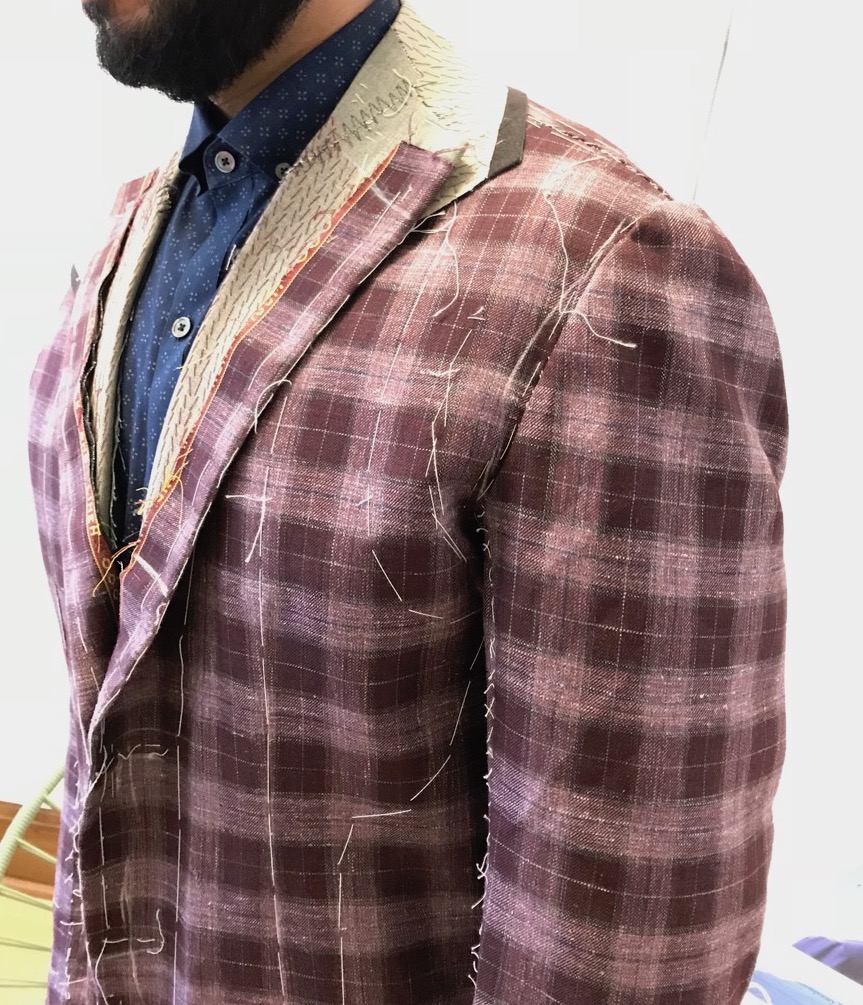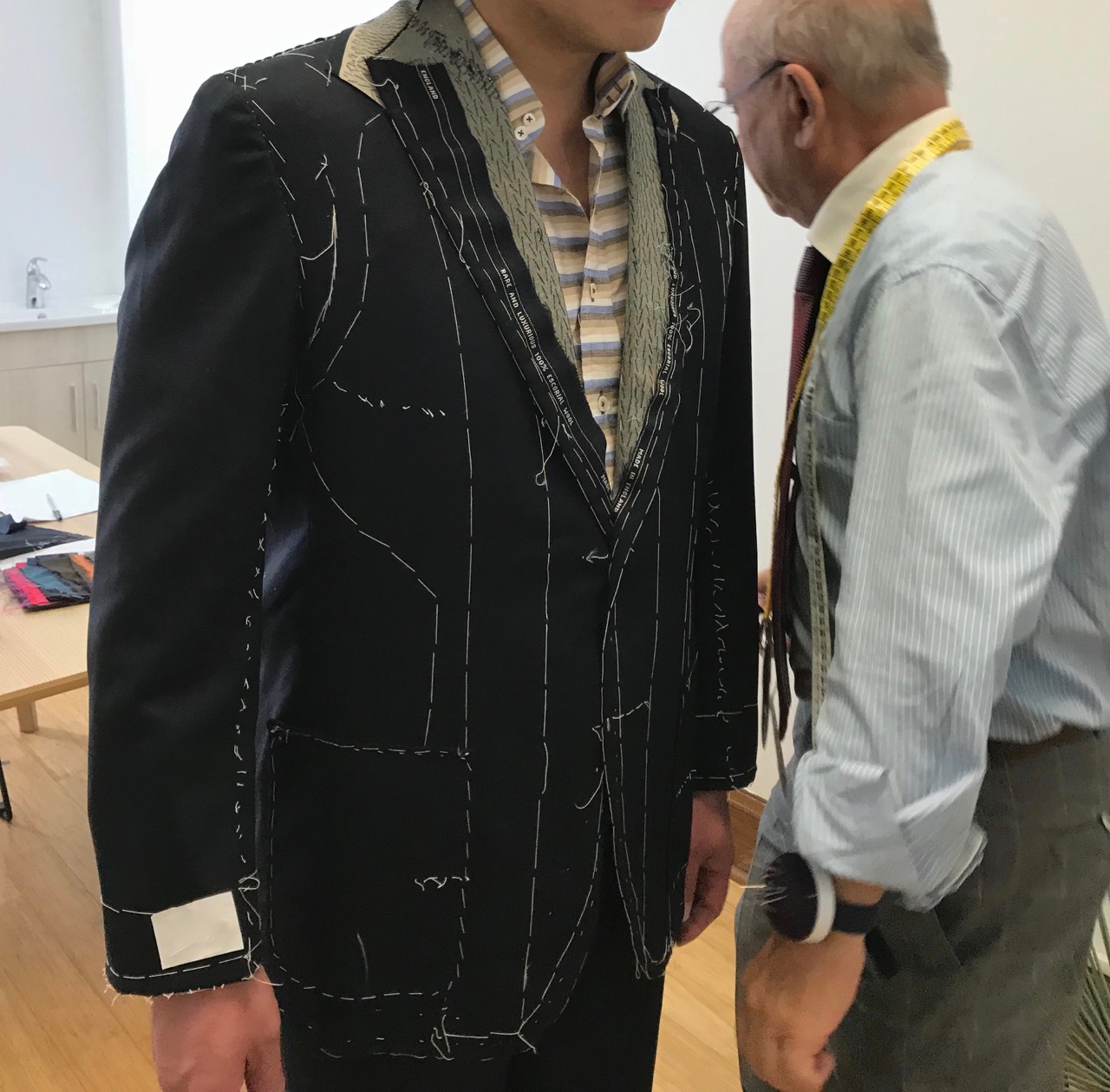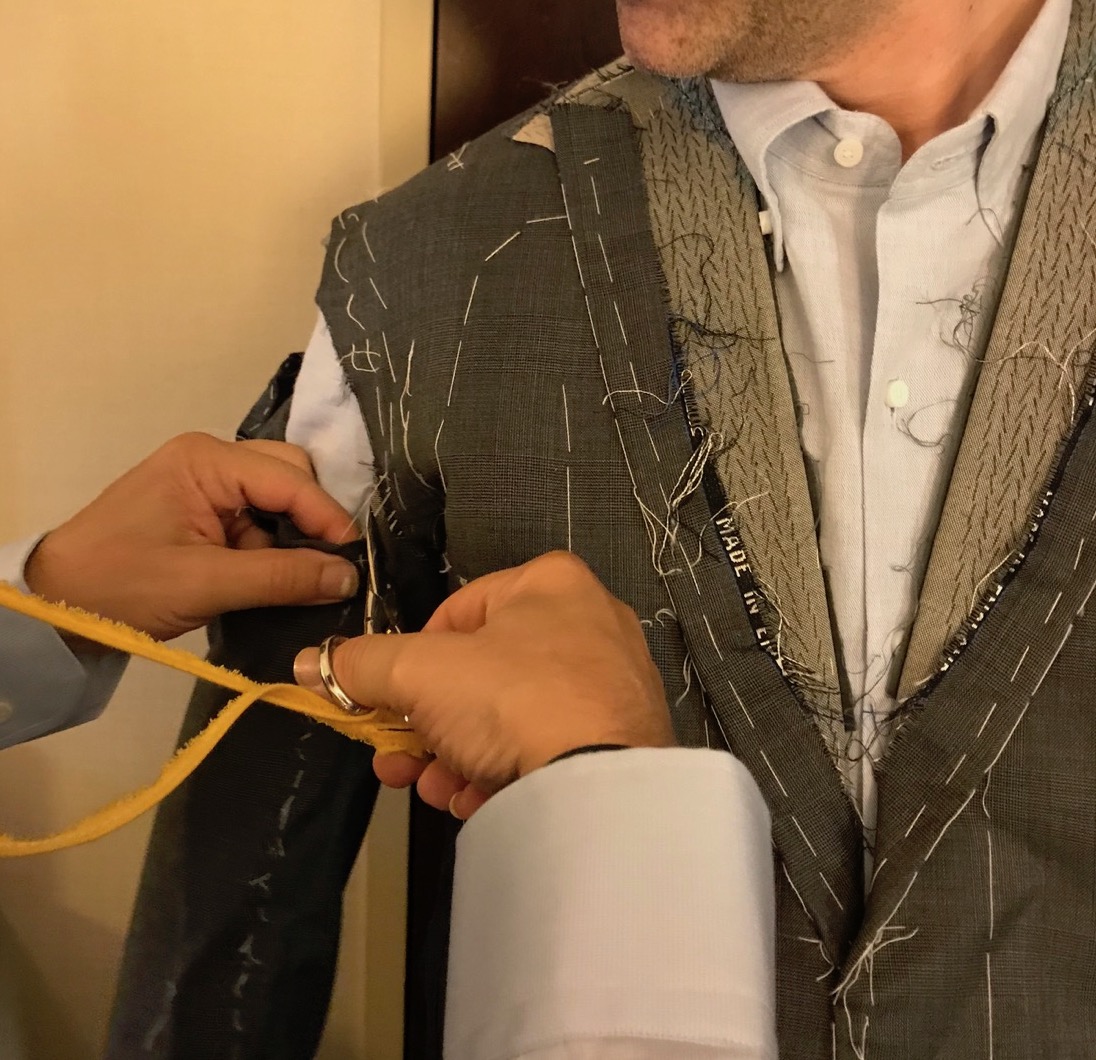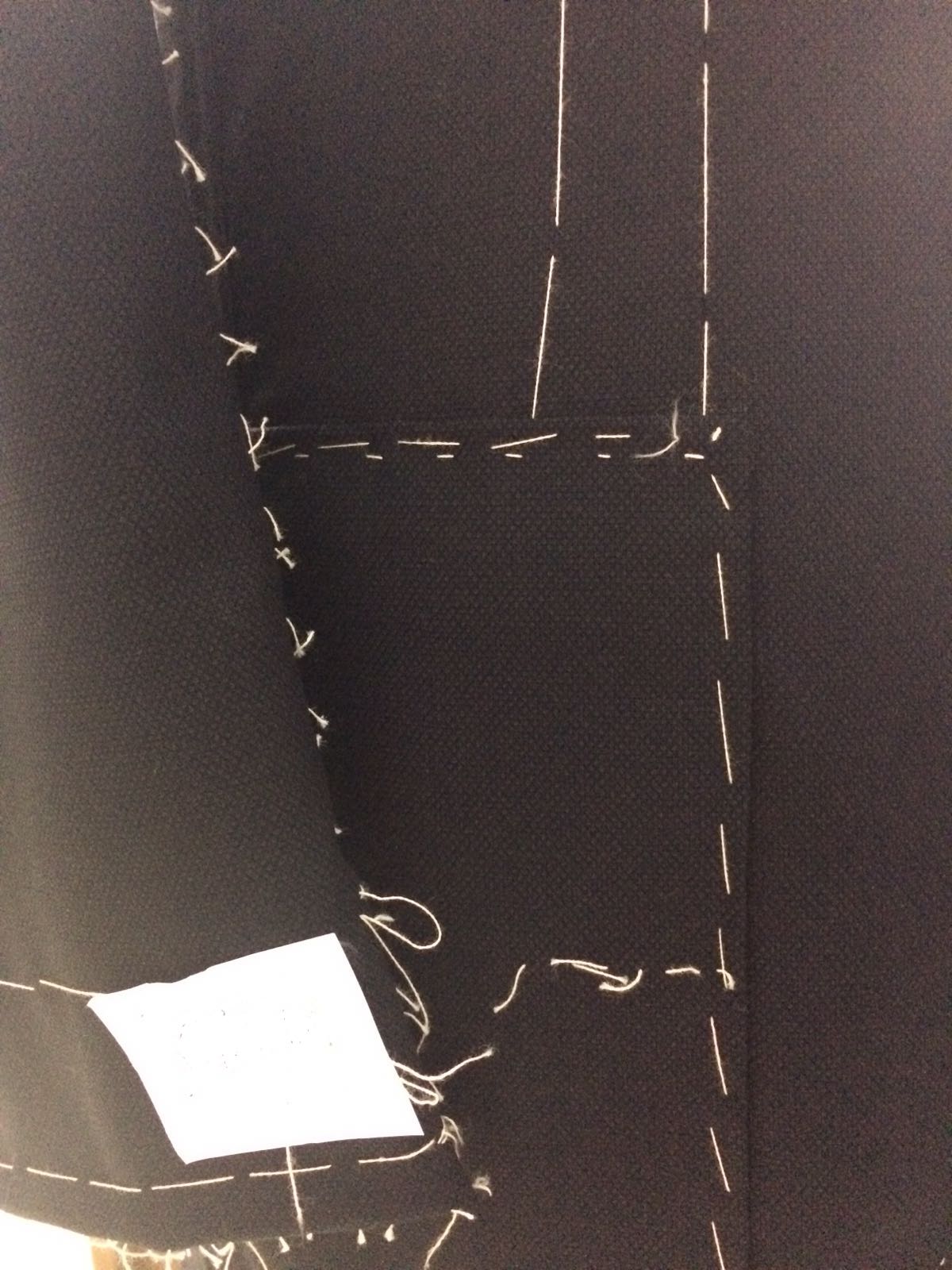For those who are new to Sicilian tailors or bespoke tailoring, you may be wondering how flexible our tailor is and the kinds of features you can specify for your bespoke commission. That's a great question.
The tailor we’re working with can make clothes for a variety of body types and can accommodate a wide range of style choices. His clients run the gamut from children to adults. He has dressed men and women from across a variety of professions from business and academia to opera and the arts.
In terms of shape and silhouette, he has done quite a bit of stage/theatrical costume work so if you want retro, eccentric and unusual he can do so without batting an eye. Even more so if you want classic and conservative style.
You might have experienced or read that many tailors have a preferred house style that they are reluctant to deviate from. A house style might typically have a fixed jacket length for a specific height, open or closed fronts, a specific amount of waist suppression, a high or low button stance, a high or low gorge height and a specific lapel width.
If you’re unsure, our tailor will certainly make suggestions for your commission. But you are not constrained by them, especially if you have a clear idea of your commission or are experienced with bespoke. When I was looking for the right tailor to work with, flexibility was one of my top criteria and it's a key reason why I chose this tailor.
I came to this conclusion after spending hours talking to him and his coworkers in his workshop and viewing multiple examples of his finished work and those in progress. Based on what I saw, the tailor is fully capable of executing your choices technically and attitudinally.
For example, I went with a shorter length on the sample jacket than I normally wear even though the tailor suggested a slightly longer one. I also wanted fairly open jacket fronts. For the sample pants, I let him make his default style which tends to be slim and lower rise.
In addition, I had the opportunity to meet and chat with a local client during one of his fittings. This particular client had very specific and unconventional requirements for his evening velvet jacket. Moreover, he was challenging to fit properly because of his forward abdomen and swayback. But based on what I heard from the client, the tailor accommodated both client preferences and fit without any issues technically and attitudinally.
